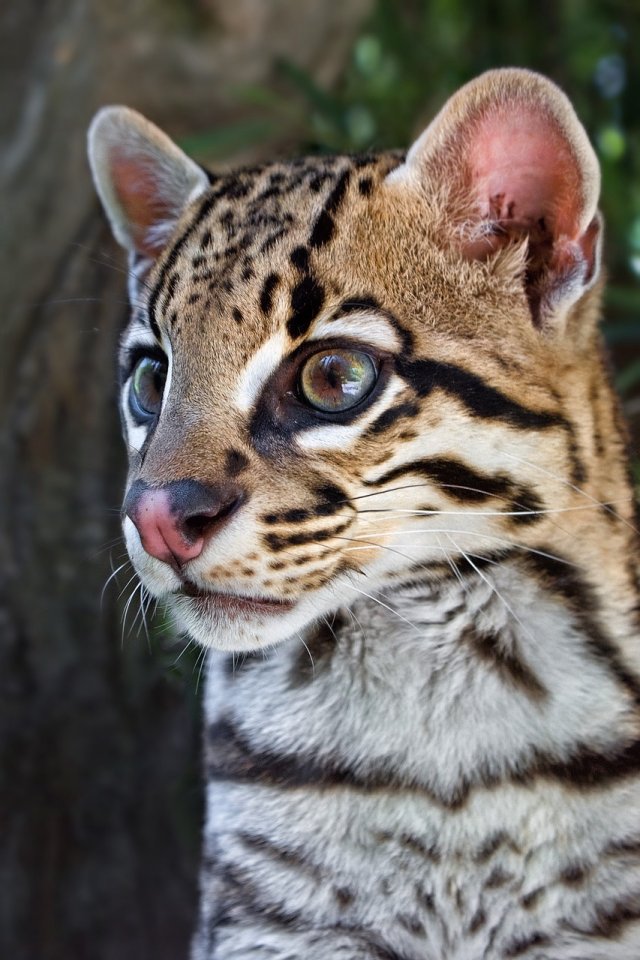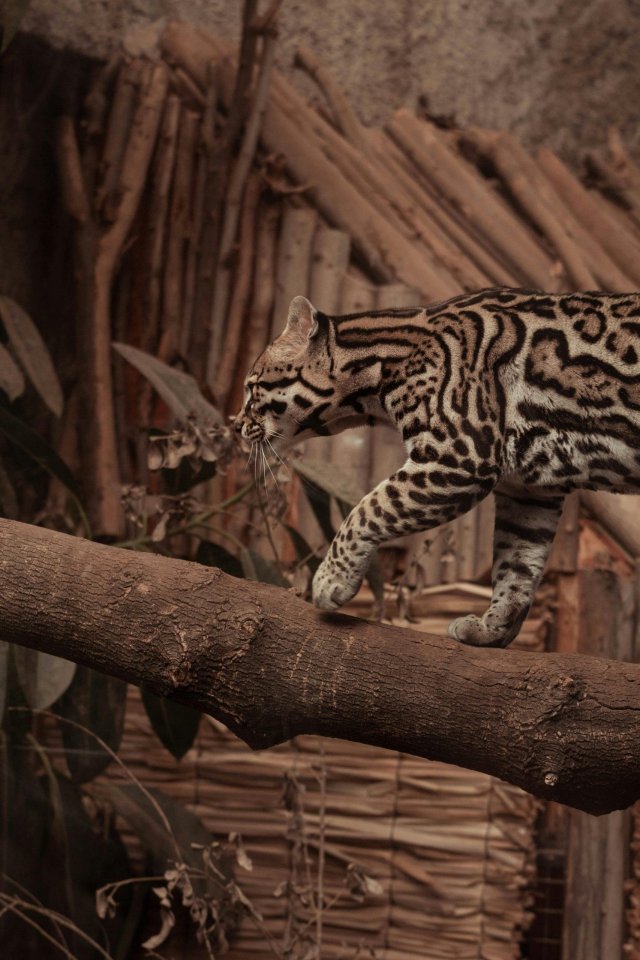What Are the Main Threats to Ocelot Populations
Threats to Ocelot Populations
 Ocelots, also known as Leopardus pardalis, are small wild cats native to the Americas. These beautiful creatures are highly adaptable and can be found in a variety of habitats, including rainforests, grasslands, and mangroves. However, despite their resilience, ocelot populations are facing numerous threats that are endangering their survival. In this article, we will explore the main threats to ocelot populations and the implications for their conservation.
Ocelots, also known as Leopardus pardalis, are small wild cats native to the Americas. These beautiful creatures are highly adaptable and can be found in a variety of habitats, including rainforests, grasslands, and mangroves. However, despite their resilience, ocelot populations are facing numerous threats that are endangering their survival. In this article, we will explore the main threats to ocelot populations and the implications for their conservation.
Habitat Loss and Fragmentation
One of the primary threats to ocelot populations is habitat loss and fragmentation. As human populations expand and urban areas expand, natural habitats are being destroyed to make way for agriculture, infrastructure, and settlements. This loss of habitat not only reduces the available space for ocelots to live and hunt but also fragments their populations, making it difficult for them to find mates and maintain genetic diversity.
For example, in the Brazilian Amazon, large-scale deforestation for cattle ranching and soybean production has resulted in the fragmentation of ocelot populations. A study conducted in the region found that ocelots in fragmented habitats had lower genetic diversity compared to those in undisturbed areas. This loss of genetic diversity can have long-term consequences for the adaptability and resilience of ocelot populations.
Poaching and Illegal Wildlife Trade
Threats to Ocelot: Poaching and illegal wildlife trade pose a significant threat to ocelot populations. Ocelots are often targeted for their fur, which is highly valued in the fashion industry. Despite international regulations and bans on the trade of ocelot pelts, illegal hunting and trafficking continue to persist.
In some regions, ocelots are also hunted for their body parts, which are believed to have medicinal properties in traditional medicine practices. The demand for these body parts drives the illegal trade and puts additional pressure on ocelot populations.
For instance, a case study conducted in Mexico revealed that ocelots were being illegally hunted for their teeth, claws, and bones, which were then sold in local markets. This unsustainable hunting not only threatens the survival of individual ocelots but also disrupts the ecological balance of their habitats.
Road Mortality and Fragmentation
The construction of roads and highways can have detrimental effects on ocelot populations. Roads not only fragment their habitats but also increase the risk of road mortality. Ocelots are known to be agile climbers and jumpers, but they are not adapted to navigate through traffic.
A study conducted in southern Texas, USA, found that road mortality was a significant cause of ocelot deaths in the region. The construction of highways and increased traffic resulted in a higher number of ocelots being hit by vehicles. This not only reduces the population size but also disrupts the natural movement patterns of ocelots, making it difficult for them to find suitable habitats and mates.
Climate Change and Habitat Alteration
Threats to Ocelot: Climate change is another threat to ocelot populations. Rising temperatures, changing rainfall patterns, and extreme weather events can alter the availability of suitable habitats and prey for ocelots. These changes can force ocelots to move to new areas or adapt to new conditions, which may not always be possible.
For example, a study conducted in Belize found that ocelots were highly sensitive to changes in temperature and rainfall. As climate change alters the local climate, the availability of prey species, such as rodents and small mammals, may decline, affecting the survival and reproduction of ocelots.
Conservation Efforts and Solutions
Threats to Ocelot: Efforts to conserve ocelot populations are crucial to ensure their long-term survival. Conservation organizations and governments are implementing various strategies to address the threats faced by ocelots.
Some of the key conservation efforts include:
-
Creating protected areas and wildlife corridors to preserve ocelot habitats and facilitate their movement between fragmented areas.
- Enforcing stricter regulations and penalties for poaching and illegal wildlife trade.
- Implementing road mitigation measures, such as wildlife crossings and speed reduction zones, to reduce road mortality.
- Monitoring and researching ocelot populations to better understand their behavior, habitat requirements, and population dynamics.
- Engaging local communities in conservation efforts through education, awareness campaigns, and sustainable livelihood programs.
By combining these efforts, it is possible to mitigate the threats faced by ocelot populations and ensure their long-term survival.
Conclusion
Ocelot Populations: Ocelots are facing numerous threats that are endangering their populations. Habitat loss and fragmentation, poaching and illegal wildlife trade, road mortality, and climate change are among the main challenges they face. However, through conservation efforts and the implementation of sustainable practices, it is possible to protect and preserve these magnificent creatures. By raising awareness, enforcing regulations, and engaging local communities, we can ensure a future where ocelots continue to thrive in their natural habitats.
Read More About the Ocelot From Wikipedia




